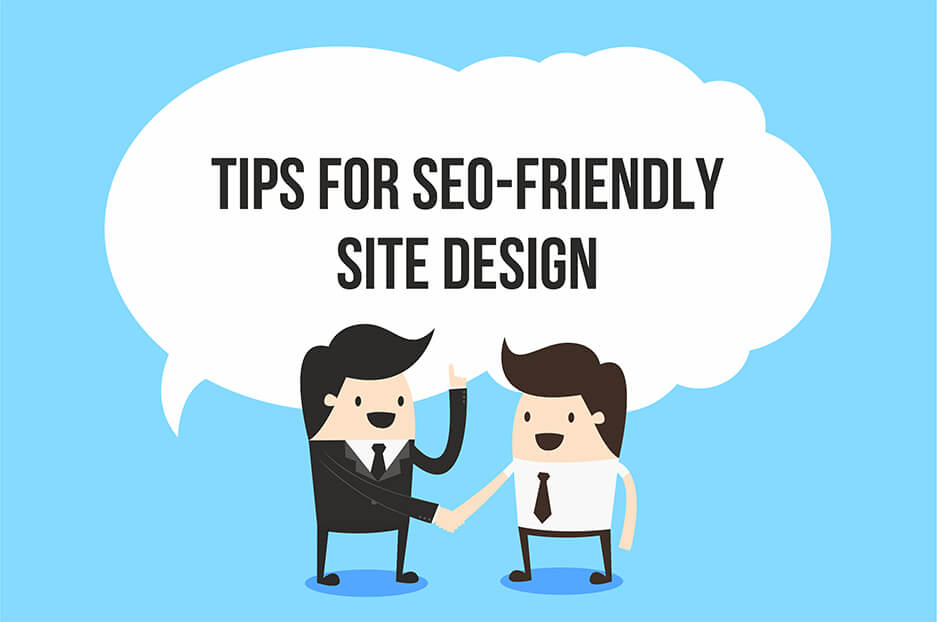If you have created or plan to create a website to present your business on the Internet, then, obviously, you must be interested in making your site able to be found by as many visitors as possible. That’s what SEO’s main purpose is. But when working on search engine optimization you can kill two birds with one stone, because SEO and UX are interconnected notions which complement each other. Search engines rank web resources the highest that provide the best user experience and thus have high click-through rates and low bounce rates. So in today’s article we’ll share tips for designing an SEO-friendly website and how to make a UX web design valued by search bots to satisfy your users and improve your business.
Tips for site design that positively impacts SEO
Think twice when choosing a CMS
The content management system you choose to build your business website impacts on the overall success. For example, Drupal 8 has many modules and features for SEO, that help you set crawling and indexing, generate metatags and redirects quickly and easily, and so on. WordPress would also be a nice option as it’s also designed with SEO in mind. Just make sure that your chosen CMS is the right one before start using it. Sure, you can later migrate your site from one platform to another, but it’s better to think ahead.
Search-friendly means mobile-friendly too
Since 2015 mobile-friendliness became one more of Google’s ranking signs. Websites optimized for mobile devices are displayed higher on the search engine result page than those that are adapted for desktops only. Check your website with a Mobile-Friendly Test from Google to find out whether your page is easy to use on mobile devices or not.
Implement responsive web design to make your website convenient for mobile users. If you have already done this, use these free online responsive design testing tools to see how your pages are displayed on a number of possible screen sizes for mobile devices.
Search engine friendly sites should load fast
The time the web page needs to be loaded completely is one of Google’s algorithms that is taken into consideration when ranking. To check how fast your site is, use the mobile speed test from Google, or another of Google’s tools for all devices called PageSpeed Insights which also shows existing and suggested optimisations or other tools to test and improve your website’s speed.
If your page loads in more than 1.5-2 seconds, then you risk loosing lots of disappointed and impatient users who might otherwise have become your clients. Many factors influence the load speed, including server response time. As for your website design, don’t use heavy graphical elements or use tools to compress images.
HTML headings allow search engines to understand your content
Search engines extract the overall meaning of the page from the HTML tags to then show proper results to search queries. The most important text on the page, which generalizes what is the page about — for example, the article title — should be tagged as H1 (Heading 1). The subsequent subheadings H2, H3 and so on have descending order of importance.
HTML heading tags are short and precise text fragments. To convey the main idea in a concise form, they should include keywords that relate to the appropriate text or paragraph. Also try to make them look close to the user queries, usually formulated as a coherent phrase or a question containing keywords. Properly written HTML tags allow search engines to deliver your content without misleading Internet users.
Use the largest font on the page for <h1>. H2 should be smaller than H1, but bigger than the rest, and so on to keep hierarchy. All headings should stand out from the main plain text through font size, spacing and/or even text color. Such designs make your text content easily processed and correctly interpreted by both your human site visitors and search engines.
SEO-friendly sites contain contextual links
It’s impossible to fit all your information on one webpage. Furthermore, text divided into small portions is perceived better. So the main purpose of contextual links is to show the location of similar content either inside or outside the web resource.
Internal contextual links improve website’s navigation and encourage your visitors to spend more time on your site exploring more content. External contextual links that lead to trustworthy and authoritative resources enhance your credibility in the eyes of search engines. Linking and linked pages are compared to determine the relevance, which is also taken into consideration when ranking.
To make your links visually distinguishable from non-clickable text, highlight anchors with a different color and underline them. It’s important to use an underline, because this little detail of design improves user experience for color-blind people and helps your site meet web accessibility standards.
If you want to optimise your website for search engines or need to develop a SEO-friendly website design from the sketch, contact our web development specialists, who are always ready to help.

